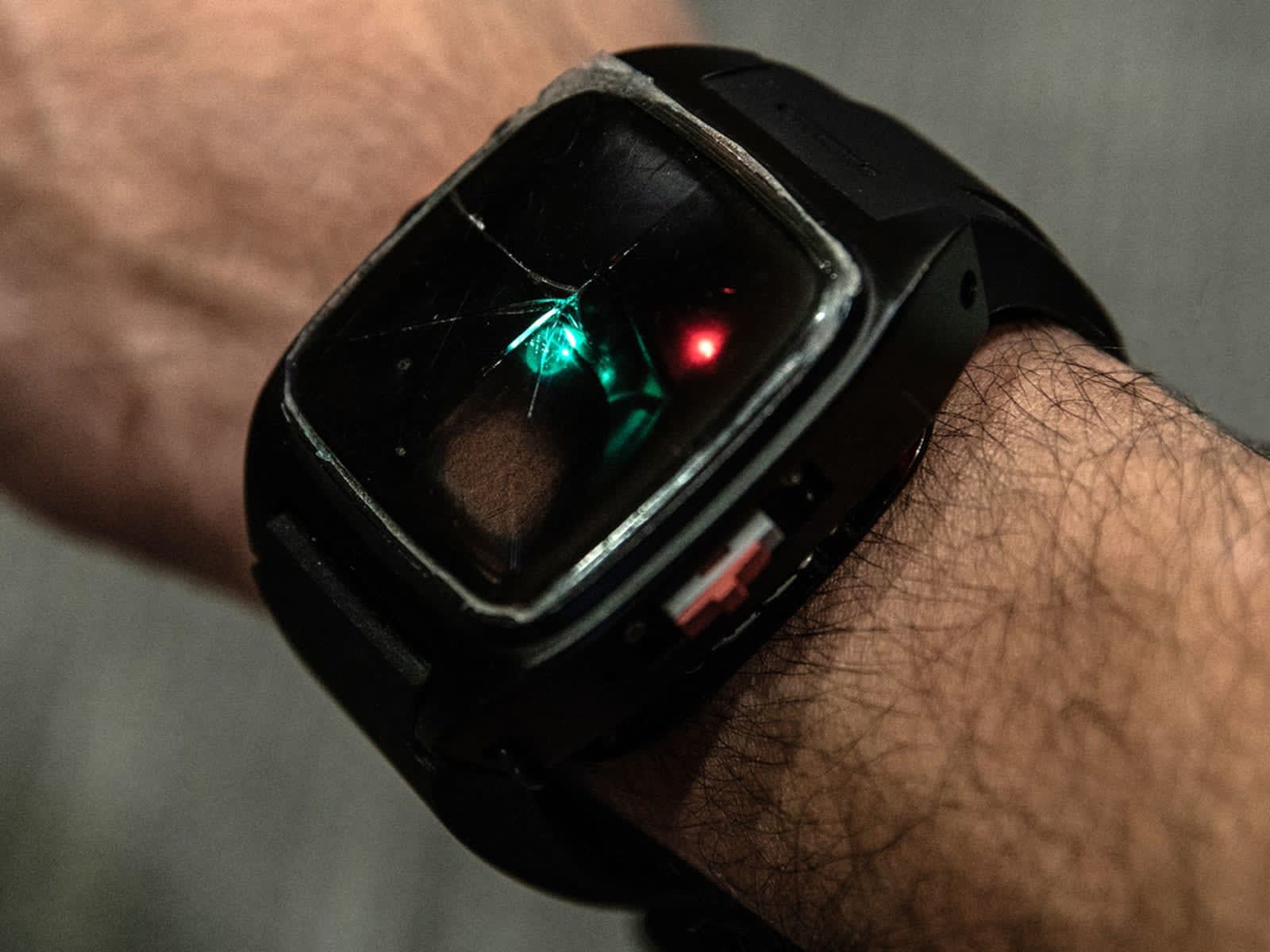Johnson & Johnson Inc’s statement was unequivocal.
“The FDA has tested Johnson’s talc since the ’70s. Every single time it did not contain asbestos,” the company said in a Dec. 19 tweet. It followed by several days the publication of a Reuters investigati
here that found the healthcare conglomerate knew for decades that the carcinogen lurked in its Baby Powder and other cosmetic talc products.
The tweet, posted under the handle @JNJNews, didn’t mention that the U.S. Food and Drug Administration (FDA) found traces of asbestos in the company’s Shower to Shower talc in 1973, as revealed in agency documents
here reviewed by Reuters. And it is only one of dozens of tweets conveying a similar message about talc safety since the Reuters article appeared Dec. 14.
The Reuters article prompted a stock selloff that erased about $40 billion from J&J’s market value in one day and created a public relations crisis as the blue-chip healthcare conglomerate faced widespread questions about the possible health effects of one of its most iconic products.
To reassure investors and consumers, J&J (
JNJ.N) has tweeted, posted on Facebook, run a series of full-page newspaper ads across the United States, published a lengthy rebuttal to the Reuters investigation on its website and announced a $5 billion stock buyback. Chairman and Chief Executive Officer Alex Gorsky has appeared in a company video and on CNBC’s “Mad Money” to reinforce the company’s position.
That position has been unwavering. J&J insists that its Baby Powder is safe and has been asbestos-free at least since regular testing began in the 1970s. The message doubles down on the stance the company has taken to defend against lawsuits in which about 11,700 plaintiffs allege that the J&J talc they used in past decades caused their cancer. The company is pursuing this strategy despite the evidence that talc in its raw and finished powders sometimes tested positive for the carcinogen from the 1970s into the early 2000s — test results that the company didn’t disclose to regulators or consumers.
In response to a Reuters request for comment, the company said it is committed to defending the talc litigation, “and that same, long-term view is reflected in our ongoing communications that consistently point to the strong scientific evidence that our talc is and always has been safe.”
As for the 1973 Shower to Shower test, J&J noted that the result didn’t “reflect FDA’s final determination about this sample” in a 1976 table summarizing the agency’s early 1970s cosmetic talc testing. However, in that 1976 table, which Reuters examined, the FDA did not indicate any result, positive or negative, for the type of asbestos found in the Shower to Shower sample in 1973.
Given the mass of litigation it faces, J&J has little choice but to zealously dispute findings that its products sometimes contained traces of asbestos, said Eric Dezenhall, a crisis-management consultant in Washington, D.C. “If your position in court is that the claims being made are false…you can’t just shrug your shoulders,” he said.
Soon after the Reuters article appeared, J&J executives consulted crisis-management experts, according to people familiar with the matter. Among the company’s reasons for deciding to maintain its stance on absolute talc purity, these people said, was a conviction that a company known for putting health and safety first had the facts on its side, a litigation track record that included victories and mistrials, and the expectation that adverse verdicts will be overturned on appeal.
Many of J&J’s subsequent messages have mirrored the company’s written responses to questions and findings Reuters presented to the company during its investigation: They deny that the company kept information from regulators and point to the many studies finding that talc is safe and doesn’t cause cancer.
Those earlier responses were composed by J&J’s outside litigators, led by Peter Bicks at Orrick, Herrington & Sutcliffe, and conveyed to Reuters by lawyers at a crisis-management firm co-founded by Lanny Davis, a lawyer who represented U.S. President Bill Clinton in the 1990s and Michael Cohen, President Donald Trump’s former attorney who has pleaded guilty to multiple criminal charges.
Gorsky, in his appearance on “Mad Money,” invoked J&J’s now legendary response to the Tylenol crisis as evidence that the company can be trusted to address any safety problems linked to its products. In 1982, J&J moved decisively to pull all Tylenol from store shelves after seven people died from taking cyanide-laced pills.
“I can’t believe the company that took that dramatic of an action would allow a product that they felt in any way could be harmful to stay on the market,” Gorsky told “Mad Money” host Jim Cramer. “We unequivocally believe that our talc, our Baby Powder, does not contain asbestos.”
Citing the Tylenol recall provides “some reputational buffer,” said Stephen A. Greyser, the Harvard Business School professor who wrote the first study of the company’s handling of that crisis. “But it is not a total protection” because it won’t shield the company from a loss of trust if consumers or investors conclude the company hasn’t been fully forthcoming in this case, he said. J&J needs to guard against “reputational contagion,” the risk that a loss of confidence in Baby Powder could bleed over into how consumers, shareholders and others view the company more broadly, Greyser added.
The key difference between the two crises is that poisoned Tylenol presented a threat to consumers at the time, while the documented asbestos contamination of J&J talc that Reuters investigated spanned from 1971 to the early 2000s. J&J says that if it believed that Baby Powder today presented safety risks, it wouldn’t hesitate to remove it from store shelves, given that the product accounts for less than 0.5% of annual revenue.
The company joined its talc supplier, Imerys Talc America, a unit of Paris-based Imerys SA, in requesting that a trial scheduled for January in St. Louis be delayed for, among other things, what they called “negative national and local news coverage” resulting from the Reuters investigation that would inevitably taint prospective jurors.
The judge denied the motion. The same judge recently upheld a $4.69 billion jury award in a separate ovarian cancer case, which J&J says it expects to be overturned on appeal. The judge said J&J’s promotion of a product that the evidence showed was contaminated with a known carcinogen was “particularly reprehensible.”
In an emailed statement, Imerys Talc America said it “is committed to the quality and safety of its products,” and that rigorous research “overwhelmingly confirms that talc is safe, and no agency has asserted that talc causes cancer.”
Some of J&J’s messages in its recent campaign omit key details regarding findings on talc and, in certain instances, are undermined by other evidence, according to a Reuters review of the company’s statements.
The Dec. 19 tweet claiming that the FDA’s own tests never found asbestos in J&J talc, for example, ignores an agency scientist’s 1973 finding that a Shower to Shower sample contained asbestos fibers, according to a copy of an FDA report titled “Asbestos and Other Contaminants in Talc” and a deposition of a former J&J head toxicologist. The FDA did not respond to questions for this article, citing a partial government shutdown.
On CNBC, Gorsky said: “We also not only used the best testing methodologies that were available, but we continued to improve them through the years.”
J&J’s testing methods do exceed the industry standard. But even so, as a geologist and frequent J&J expert witness acknowledged in court this year, only a tiny fraction of the company’s talc sold over the past 40 years has been tested using what is widely recognized as the best method to detect asbestos fibers, known as transmission electron microscopy.
Plaintiffs’ lawyers are already homing in on inconsistencies between J&J’s statements and other evidence regarding its talc, and they are planning to depose Gorsky in coming weeks.
“There is no flexibility in what they’re saying,” said Leigh O’Dell, one of the lead lawyers representing plaintiffs in thousands of lawsuits against J&J consolidated in a New Jersey federal court. “Taking these statements on behalf of the company and pointing out to juries and judges the misrepresentations contained in those statements — I think you’re going to see that in every case going forward, whether it’s an ovarian cancer case or a mesothelioma case.”
One of J&J’s recent tweets criticized plaintiffs’ lawyers: “Far from a new theory or insight, plaintiffs’ lawyers have resurrected a disproven argument about asbestos in our talc that dates to the 1970s.”
The Reuters investigation found that tests by J&J’s own contract labs and others periodically found small amounts of asbestos in talc from mines that supplied the mineral for Baby Powder as recently as the early 2000s.
Some J&J tweets and newspaper ads have adopted a question-and-answer format. “What about the allegation you withheld safety information?” the company said in a full-page ad in USA Today the day after Christmas.
“It is false,” the company said. “All safety concerns are taken seriously, and we share all relevant information with regulators.”
Some Twitter users have responded to J&J’s tweets with praise and support. Others have referenced their relatives’ longtime use of J&J talc products and subsequent deaths from ovarian cancer. “We’re very sorry to hear this,” J&J responded to several Twitter users, expressing a desire to speak with them and offering a phone number to call.
In response to another recent tweet in which J&J said its talc doesn’t contain asbestos, one Twitter user asked: “Did it USED to?”
“No,” J&J responded. “For decades, J&J’s baby powder has repeatedly been tested for asbestos and found not to contain asbestos.”

